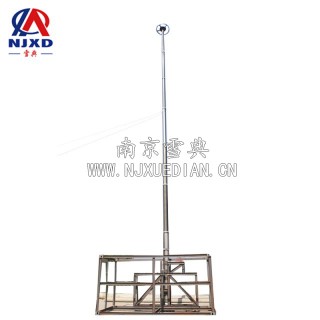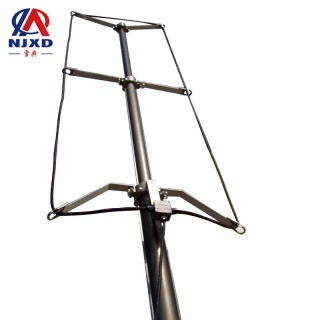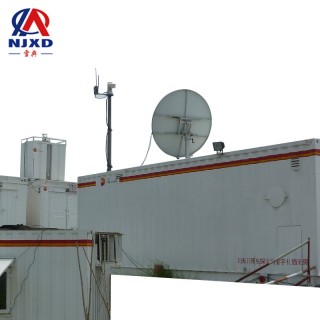NEWS
Security requirements and technical characteristics of global mobile communication system lifting an
Time:2020-12-18 View:

Security requirements
The goal of GSM system security is to make the system as secure as the public switched telephone network (PSTN). The wireless path system in the system is the most vulnerable part because wireless signals can be easily intercepted. Mobile stations have a little-known security problem: it is technically possible to use MS for eavesdropping (e.g. as a "bug"). Even if it has been turned off, it can still be turned on through the air interface, so the best protection method is to take out the battery. The GSM MoU Group believes that the technical features of security are only a small part of the security requirements, and the biggest threats come from simpler attacks such as encryption key leakage, unsafe billing system or corruption. Therefore, comprehensive measures from various aspects should be taken to ensure that these safety processes meet the safety requirements. In addition, the cost-effectiveness ratio of safety measures must also be considered.
The security requirements of GSM system consider some potential weaknesses of cellular network. System security should be appropriate for both system operators and users. The system operator wants to ensure that the right person is charged and the service is not affected. Customers require privacy protection. Summarize the following requirements:
(1) make the wireless network as secure as a fixed network, which means anonymity and encryption to prevent listening.
(2) adopt strong authentication to prevent the operator's billing from being cheated.
(3) prevent operators from endangering the safety of others, whether unintentionally or under competitive pressure.
(4) it cannot cause a significant increase in the initial call setup delay or subsequent communication delay.
(5) it cannot occupy more channel bandwidth.
(6) cause an increase in error rate or error propagation.
Therefore, the design of the GSM system of operators must consider the environment and the whole process of security, such as the generation and distribution of keys, the information exchange between operators and the confidentiality of algorithms.

Technical features
Spectral efficiency
Due to the adoption of efficient modulator, channel coding, interleaving, equalization and speech coding technologies, the system has high spectral efficiency.
Capacity
Due to the increase in the transmission bandwidth of each channel, the same-frequency multiplexing carrier ratio requirement is reduced to 9dB, therefore, the same frequency multiplexing mode of GSM system can be reduced to 4/12 or 3/9 or even smaller (the analog system is 7/21); add the introduction of half-rate voice coding and automatic traffic allocation to reduce the number of handovers and make the capacity efficiency of GSM system (the number of channels per MHz per cell) 3 to 5 times higher than TACS.
Open Interface
The open interfaces provided by GSM standard are not limited to air interfaces, but also include networks and devices in the network, such as Abis interfaces.
Security
Security is achieved through authentication, encryption, and the use of TMSI numbers. Authentication is used to verify the user's access rights. Encryption is used for the air interface and is determined by the key of the SIM card and network AUC. TMSI is a temporary identification number assigned to users by the business network to prevent people from tracking and leaking their geographical location.

CATEGORY
NEWS
- System composition of lifting antenna global mobile communication system
- Security requirements and technical characteristics of global mobile communication system lifting an
- Frequency band of lifting antenna global mobile communication system
- Emergency lifting mobile communication standard
- Development History of data communication emergency communication ups and downs